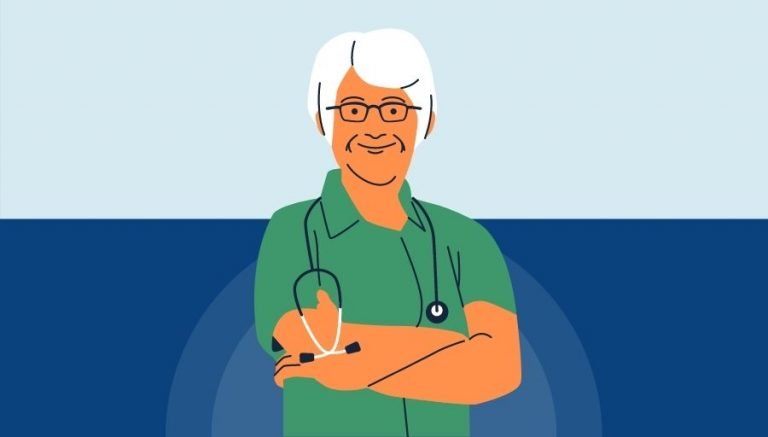How To Use CPT Code 93350
CPT 93350 refers to a transthoracic echocardiography procedure performed during rest and cardiovascular stress test, with interpretation and report. This article will cover the description, procedure, qualifying circumstances, appropriate usage, documentation requirements, billing guidelines, historical information, similar codes, and examples of CPT code 93350.
1. What is CPT 93350?
CPT 93350 is a medical procedure code used to describe transthoracic echocardiography performed during rest and cardiovascular stress test, with interpretation and report. This procedure is used to evaluate and assess global and ventricular performance and cardiac causes of chest pain by capturing images of the heart and its chambers at rest and during exercise.
2. 93350 CPT code description
The official description of CPT code 93350 is: Echocardiography, transthoracic, real-time with image documentation (2D), includes M-mode recording, when performed, during rest and cardiovascular stress test using treadmill, bicycle exercise and/or pharmacologically induced stress, with interpretation and report.
3. Procedure
- The patient is prepared for the procedure, which may include the application of a gel on the chest wall.
- A small probe is placed on the chest wall to generate ultrasound in the form of an M-mode, capturing one-dimensional motion and position of the heart and its chambers.
- Two-dimensional images are recorded while the patient is at rest.
- The patient undergoes a cardiovascular stress test, which may involve exercising on a treadmill or stationary bicycle, or receiving pharmacologically induced stress.
- Two-dimensional images are recorded again during the stress test.
- The provider interprets the images and creates a report detailing the findings, including the duration of stress, reason for stopping, hemodynamic response to stress, and echocardiographic response to stress.
4. Qualifying circumstances
Patients eligible to receive CPT code 93350 services are those who require evaluation and assessment of global and ventricular performance and cardiac causes of chest pain. This may include individuals experiencing symptoms such as shortness of breath, chest pain, or palpitations, or those with a history of heart disease or other cardiac risk factors.
5. When to use CPT code 93350
It is appropriate to bill the 93350 CPT code when a provider performs transthoracic echocardiography during rest and cardiovascular stress test, with interpretation and report. This procedure is typically used to evaluate and assess global and ventricular performance and cardiac causes of chest pain in patients with symptoms or risk factors for heart disease.
6. Documentation requirements
Documentation supporting a claim for CPT 93350 should include the following information:
- Patient’s medical history and presenting symptoms
- Indication for the procedure
- Details of the stress test, including type (treadmill, bicycle, or pharmacologically induced), duration, and reason for stopping
- Findings from the echocardiographic images, both at rest and during stress
- Interpretation of the images and a detailed report of the findings
7. Billing guidelines
When billing for CPT code 93350, it is important to follow the appropriate guidelines and rules. This code contains both a technical and professional component. Append modifier TC when reporting the technical component, and modifier 26 when reporting the professional component. Additionally, stress testing codes 93016 – 93018 should be reported in conjunction with 93350 to capture the cardiovascular stress portion of the study. Do not report 93350 in conjunction with 93015.
8. Historical information
CPT 93350 was added to the Current Procedural Terminology system on January 1, 1990. There have been updates to the code description in 2009 and 2010.
9. Similar codes to CPT 93350
Five similar codes to CPT 93350 and how they differentiate are:
- CPT 93351: Includes the same procedure as CPT 93350 but also includes a follow-up or limited study within 48 hours.
- CPT 93306: Involves transthoracic echocardiography with spectral and color flow Doppler, but does not include a stress test.
- CPT 93307: Involves transthoracic echocardiography without Doppler or stress test components.
- CPT 93308: A limited or follow-up transthoracic echocardiography without Doppler or stress test components.
- CPT 93312: Involves transesophageal echocardiography, which uses a different approach to obtain images of the heart.
10. Examples
Here are 10 detailed examples of CPT code 93350 procedures:
- A patient with a history of chest pain undergoes a transthoracic echocardiography at rest and during a treadmill stress test to evaluate cardiac function and potential causes of chest pain.
- A patient with shortness of breath and a family history of heart disease undergoes a transthoracic echocardiography at rest and during a bicycle stress test to assess ventricular performance.
- A patient with palpitations and risk factors for heart disease undergoes a transthoracic echocardiography at rest and during a pharmacologically induced stress test to evaluate global cardiac performance.
- A patient with a history of heart attack undergoes a transthoracic echocardiography at rest and during a treadmill stress test to assess cardiac function and potential causes of recurrent chest pain.
- A patient with a known heart murmur undergoes a transthoracic echocardiography at rest and during a bicycle stress test to evaluate the severity of the murmur and its impact on cardiac function.
- A patient with unexplained fatigue and a family history of heart disease undergoes a transthoracic echocardiography at rest and during a pharmacologically induced stress test to assess ventricular performance.
- A patient with a history of hypertension and chest pain undergoes a transthoracic echocardiography at rest and during a treadmill stress test to evaluate cardiac function and potential causes of chest pain.
- A patient with diabetes and shortness of breath undergoes a transthoracic echocardiography at rest and during a bicycle stress test to assess ventricular performance.
- A patient with a history of smoking and palpitations undergoes a transthoracic echocardiography at rest and during a pharmacologically induced stress test to evaluate global cardiac performance.
- A patient with a known heart valve disorder undergoes a transthoracic echocardiography at rest and during a treadmill stress test to assess the severity of the disorder and its impact on cardiac function.



